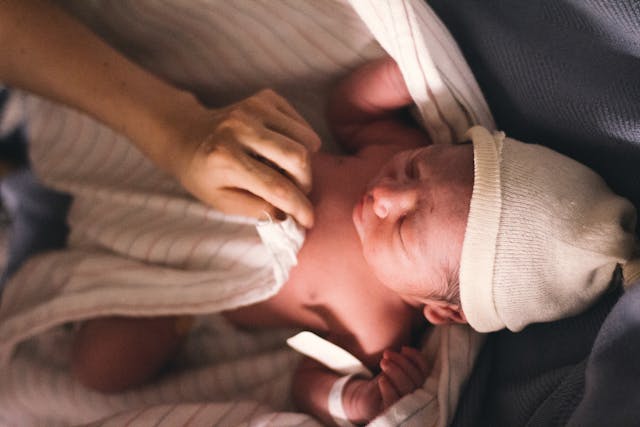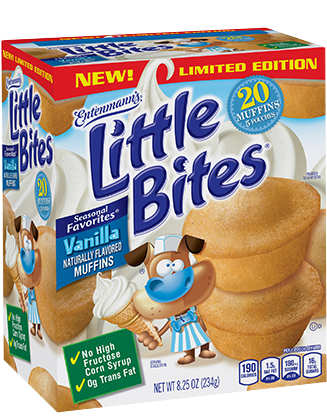
Everyone knows that newborn babies generally sleep, feed and poop- a lot! But beyond that, if you’re a first time parent you might not really know what to expect once they’re born. While your tiny baby still has an awful lot of growing and developing to do, there are plenty of newborn quirks that you simply might not have been expecting! Here are just a few of them.
Reflexes
Newborn babies are born with a range of reflexes that serve some important functions in their early development. One of these reflexes is the startle reflex (which is also known as the Moro reflex) and causes a baby to react with a sudden, involuntary movement in response to a loud noise or sensation of falling. This reflex is thought to be a survival mechanism and helped infants protect themselves from potential danger by eliciting a protective response, but it can be surprising to see if you’re not expecting it. Some babies have a stronger startle reflex than others and will flail their arms in seeming surprise just when you’re placing them down in their crib or changing mat! Another reflex newborns are born with is the rooting reflex. This is where they turn their head and open their mouth in when their cheek is touched or they start to get hungry (it’s an important early hunger sign to be aware of and will happen before they start to cry. They can also lick and smack their lips, and while they’re in search of the breast they will try and latch onto just about anything including your cheek or nose if you’re cuddling them at the time! Another reflex is the grasp reflex, this is where a baby instinctively grips onto objects placed in their palm. This reflex is believed to be a precursor to later fine motor skills development, as babies begin to explore and interact with their environment. Understanding these reflexes can help you as a parent to better care for and interact with your newborn to provide them with what they need.
Communication
While you’re a long way off any first words, newborns have their own ways to communicate and so it’s important to be aware and tuned into these. Cries, facial expressions and body movements (like turning their head or arching their back) can all give clues into what they need and how they’re feeling. They also use facial expressions like furrowed brows or relaxed features to show how they feel. For example, a hungry baby might pout their lips, while a content baby will have a relaxed face. Crying is the main way babies communicate, signaling hunger, discomfort, tiredness or distress, and it can be difficult to hear your baby crying but it’s an important signal. Check if they’re hungry, need a diaper change, are tired, or want to be held. Newborns can become over stimulated if they’re exposed to too many new sights and sounds which can cause crying, so if nothing else works they may just need a calm and quiet environment. Excessive crying can also be a sign of colic, or it could be a sign of illness. While newborns are generally resilient, they are more susceptible to certain illnesses due to their developing immune systems. Respiratory infections, such as the common cold or respiratory syncytial virus (RSV), are common among infants and can cause symptoms like congestion, coughing, and fever. You might not have been aware that newborn seasonal allergies were a thing, but this is another thing to look out for.
Umbilical Cord Care
After birth, the umbilical cord stump will gradually dry up and fall off- but did you know that this can take up to a couple of weeks? It’s important to keep the area clean and dry to prevent infection, and simple practices like gently cleaning the area with water and keeping the nappy folded below the stump can help promote healing. It’s recommended to wait until the stump has fallen off and dried out until giving your baby their first proper bath, but you can use cotton wool and water to keep them clean in the meantime.
What was the most surprising thing your newborn baby did when they first arrived?



